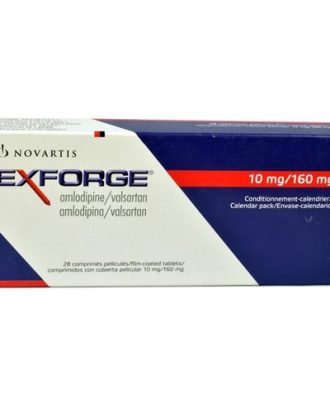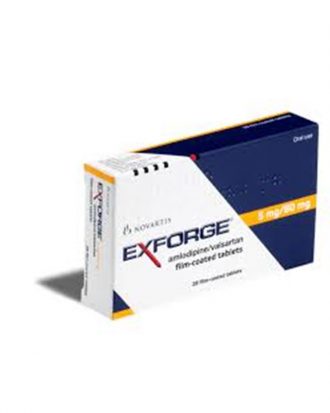Subtotal: ৳ 70.75
Xenofer (Inj.) 100mg
৳ 350.00
Indications
- Where there is a clinical need for a rapid Iron supply
- In patients who can not tolerate oral Iron therapy or who are non-compliant
- In active inflammatory bowel disease where oral Iron preparations are ineffective
- Non-dialysis dependent-chronic kidney disease (NDD-CKD) patients receiving an erythropoietin
- Non-dialysis dependent-chronic kidney disease (NDD-CKD) patients not receiving an erythropoietin
- Hemodialysis dependent-chronic kidney disease (HDD-CKD) patients receiving an erythropoietin
- Peritoneal dialysis dependent-chronic kidney disease (PDD-CKD) patients receiving an erythropoietin
- It is also indicated in the treatment of Iron deficiency anaemia in patients undergoing surgical procedures, patients donating blood, postpartum patients.
Therapeutic Class
Pharmacology
Dosage
Children: There is limited data on children under study conditions. If there is a clinical need, it is recommended not to exceed 0.15 ml Iron Sucrose Injection (3 mg Iron) per kg body weight once to three times per week depending on the haemoglobin level.
Administration
Infusion: Iron Sucrose Injection should preferably be administered by drip infusion (in order to reduce the risk of hypotensive episodes and paravenous injection) in a dilution of 1 ml Iron Sucrose Injection (20 mg Iron) in max. 20 ml 0.9% w/v Sodium Chloride [5 ml (100 mg Iron) in max. 100 ml 0.9% w/v NaCI etc. up to 25 ml (500 mg Iron) in max. 500 ml 0.9% w/v NaCI]. Dilution must take place immediately prior to infusion and the solution should be administered as follows: 100 mg Iron in at least 15 minutes; 200 mg Iron in at least 30 minutes; 400 mg Iron In at least 1.5 hours, and 500 mg Iron in at least 3.5 hours. Further of the maximum tolerated single dose of 7 mg Iron/kg body weight, an Infusion time of at least 3.5 hours has to be respected, independently of the total dose.
Before administration of the therapeutic dose in a new patient the first 20 mg Iron in adults and in children with a body weight greater than 14 kg and half the daily dose (1.5 mg lron/kg) in children with a body weight less than 14 kg should be infused over 15 minutes as a test dose. If no adverse reactions occur, the remaining portion of the infusion can be administered at recommended speed.
Interaction
Contraindications
Side Effects
- Adverse reactions, whether or not related to Iron Sucrose injection are as follows: hypotension, cramps/leg cramps, nausea, headache, vomiting, and diarrhea. Some of these symptoms may be seen in patients with chronic renal failure or on hemodialysis not receiving intravenous iron.
- Body as a Whole: headache, fever, pain, asthenia, unwell, malaise, accidental injury. Cardiovascular Disorders
- General: hypotension, chest pain, hypertension, hypervolemia.
- Gastrointestinal Disorders: nausea, vomiting, abdominal pain, elevated liver enzymes.
- Central and Peripheral Nervous System: dizziness.
- Musculoskeletal System: cramps/leg cramps, musculoskeletal pain.
- Respiratory System: dyspnea pneumonia, cough.
- Skin and appendages: pruritus, application site reaction.
- Hypersensitivity reactions: In safety studies, several patients experienced mild or moderate hypersensitivity reactions presenting with wheezing, dyspnea, hypotension, rashes, or pruritus. Anaphylactoid reactions including patients who experienced serious or life-threatening reactions (anaphylactic shock, loss of consciousness or collapse, bronchospasm with dyspnea, or convulsion) associated with Iron Sucrose administration can occur. So, patients should be given a small test dose initially.
Pregnancy & Lactation
Precautions & Warnings
Hypersensitivity Reactions: Serious hypersensitivity reactions have been rarely reported in patients receiving Iron Sucrose. Several cases of mild or moderate hypersensitivity reactions were observed in these studies.
Hypotension: Hypotension has been reported frequently in hemodialysis patients receiving intravenous Iron. Hypotension following administration of Iron Sucrose may be related to rate of administration and total dose administered. Caution should be taken to administer Iron Sucrose according to recommended guidelines.
Use in Special Populations
Geriatric Use: No overall differences in safety were observed between the elder subjects and younger subjects, and other reported clinical experience has not identified differences in responses between the elderly and younger patients, but greater sensitivity of some older individuals cannot be ruled out.
Injection into dialyser
: Iron Sucrose Injection may be administered directly into the venous limb of the dialyser under the same conditions as for intravenous injection.Hemodialysis Dependent-Chronic Kidney Disease Patients (HDD-CKD): Iron Sucrose Injection may be administered undiluted as a 100 mg slow intravenous injection over 2 to 5 minutes or as an infusion of 100 mg, diluted in a maximum of 100 ml of 0.9% NaCI over a period of at least 15 minutes per consecutive hemodialysis session for a total cumulative dose of 1,000 mg.
Non-Dialysis Dependent-Chronic Kidney Disease Patient (NDD-CKD): Iron Sucrose Injection is administered as a total cumulative dose 1000 mg over a 14 day period as a 200 mg slow IV injection undiluted over 2 to 5 minutes on 5 different occasions within the 14 day period.

 Exforge (Tab) 5/160mg
Exforge (Tab) 5/160mg 





Reviews
There are no reviews yet.